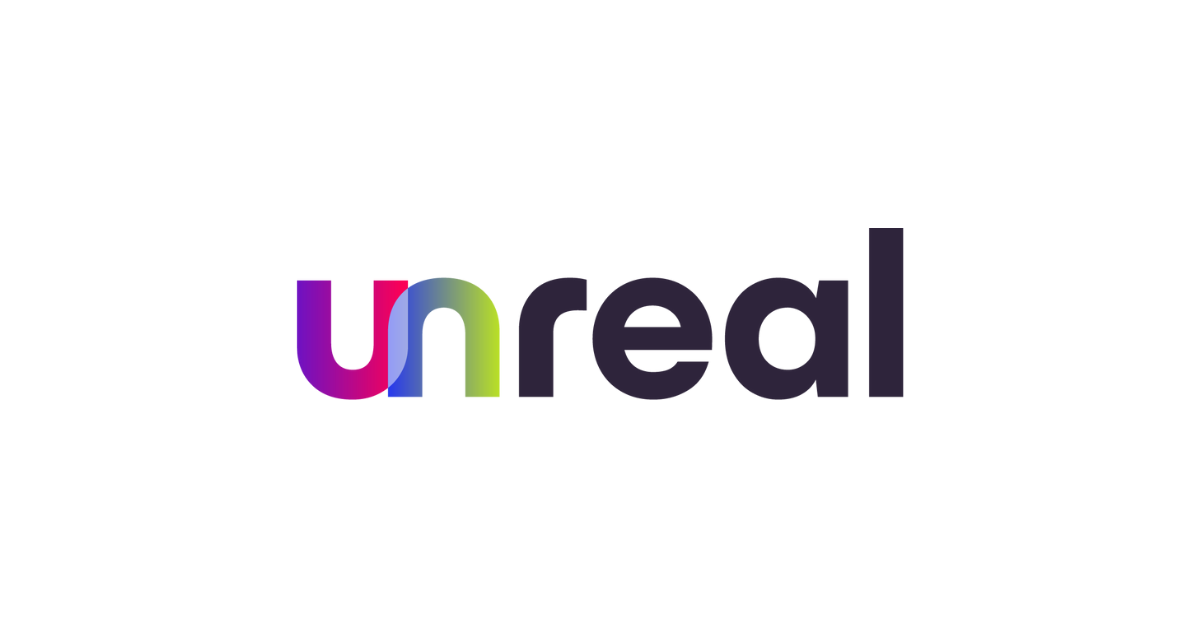Best Practices For Creating Marketing Content For Your Internal Audience
As marketers, we proactively write content for busy people with short attention spans. We know our external audiences — B2B buyers — are scanning content, so we aim to make it enjoyable and digestible while being informative and actionable.
Shouldn’t we take the same approach with content aimed at our internal audiences?
Whether it’s a product brief for a solution partner, buyer personas for the content team, or a message house for sales – marketing assets like these establish the foundation from which other marketing and sales initiatives and tactics are built. But if the information is unwieldy, weighty, outdated or reads like a research paper, you might be overdoing it. And what’s the point of spending time and budget building buyer personas and foundational messaging if they’re so detailed as not to be useful?
Nearly every day, the content team here at Unreal Digital Group leverages our clients’ foundational marketing assets to help create compelling pieces of content with an important job to do — give prospective buyers helpful and enjoyable information they can use to understand what’s at stake, compare options, and make a buying decision. There’s a lot weighing on your foundational marketing assets, which is why it’s worth finding the sweet spot – giving your internal audiences the key solution or buyer messaging they need, without going overboard.
Let’s take a look at 4 best practices for creating great content for your internal audiences.
1. Know your stakeholders
Who is using your internal content? It may be a broader range of stakeholders than you think. In addition to your marketing and sales teams, foundational content may also be shared with and leveraged by joint solution partners (Independent Software Vendor (ISVs) or Managed Service Providers (MSPs), for example) and their marketing and sales teams, channel partners, and agency partners. Keep in mind that your internal audience may also be anyone from seasoned salespeople to brand-new marketers. Knowing who is using the content (and how) will help you craft content more targeted to their needs.
2. Create digestible content
When it comes to buyer personas and other internal messaging content, there’s no hard and fast rule on the “right” number or the “right” word count. Larger organizations with more solutions may need a lengthier messaging deck and more personas. But more does not necessarily make it better. If your foundational marketing content is closing in on double-digit personas with copy-heavy details on each, or a messaging deck that takes an hour to read – you’re creeping into content that is so long that it may be ignored by those who actually need to use it.
As a rule of thumb, keep your personas to five or fewer, and use bullet points to provide a quick snapshot of key motivations, frustrations, messaging, and channels that will help your marketing and sales team effectively understand and engage with your audience segments.
Limit product briefs and battlecards to 2 pages or fewer, and leverage visual and easily scannable bulleted content, lists, or charts.
3. Establish a consistent format
Just like your buyer-facing content, your foundational messaging should have a consistent look and feel. Many of our clients find success using a message house, framework or playbook. While these foundational content pieces don’t need to be designed, they should be consistent across various solutions or verticals – for example: “X cloud provider + X security solution for retail.” In the playbook, the reader should be able to easily find key messages on the following:
- Target customer and current context
- Key pain points and needs
- The joint partners differentiated point of view
- Strategic pillars
- Joint solution names and short descriptions
- 10-, 25-, 50- and 100-word messaging
- Approved customer evidence and quotes
The entire playbook is 5 pages and gives a sales rep, content marketer, or other partner a solid understanding of both the buyer and the joint solution, and a starting point to easily generate engaging sales emails or marketing content.
4. Set a reversioning schedule
Has your target audience changed? Have you added new capabilities to your product or service offering? Are your buyers responding to new channels (hello Tik Tok) or facing new challenges (hybrid workforce, employee shortages, supply chain issues)? A lot can change in a year, and your internal messaging content should reflect that.
Set aside time each year – perhaps during a week when the marketing department typically slows down — to review and update your personas and messaging. Bring your stakeholders together to ensure your foundational assets reflect your current capabilities, marketplace trends, and what’s truly important to your buyer. Or, ask your marketing agency to help anytime.
Need help crafting foundational marketing assets that your internal audiences will actually use? Drop us a line. We love this stuff.


